Partner Page
TRAIN EVERY DAY
Fire Drills, in partnership with Learn to Win, is an active micro-learning platform that streamlines training for high-performance departments looking to continuously further the development of their trainees and members.
With this NEW micro-learning concept, we’ve taken our Firefighter I and II manuals, produced by Fire Engineering Books & Videos, and transformed them into bite-sized, easy-to-learn, classroom-oriented materials for quick and easy training opportunities to meet your personal and departmental career goals.
TRAIN ON THE GO
how does Fire Drills help with training?
Fire Drills, in partnership with Learn to Win, brings revolutionized training to high-performance departments by making learning easy, accessible and convenient while on-the-go.
Select Your Training Topics
Choose training topics that coincide with your departments upcoming drills – stay head of the game.
ACCESS ON MOBILE
You can access the material on your phone, so the learning never stops! Anytime. Anywhere.
Know How You Are Doing
Get feedback on your performance through the integrated quizzes after each section.
TRAIN TO GROW
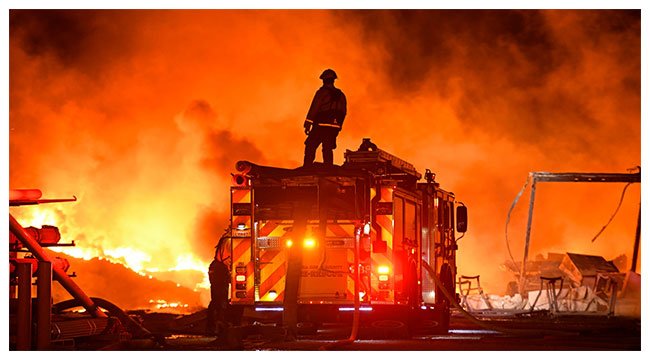
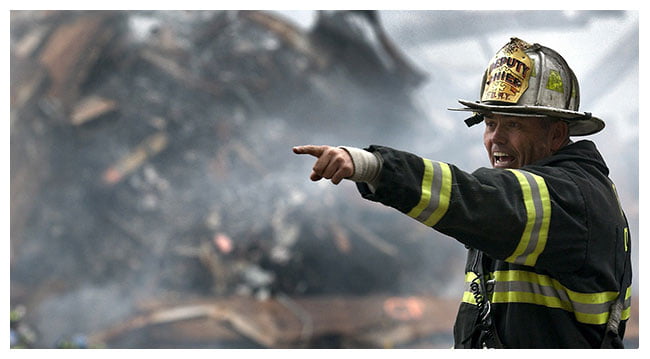
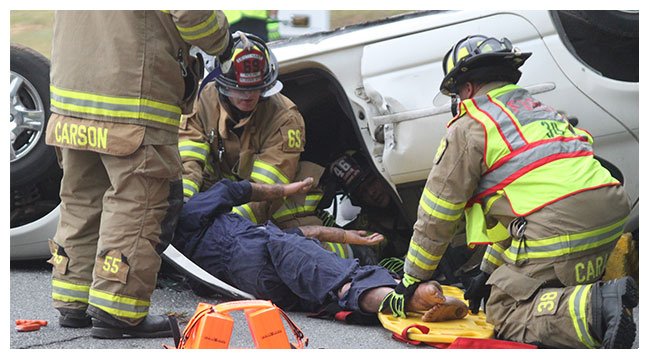
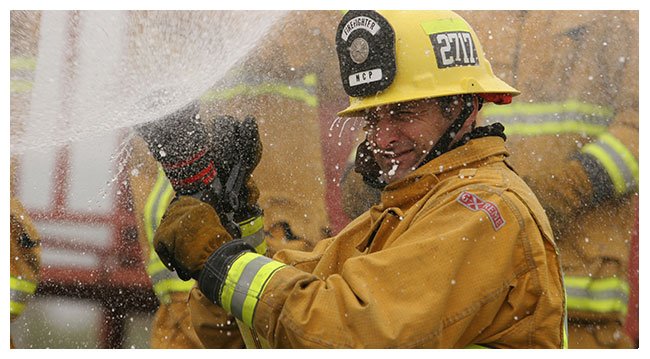
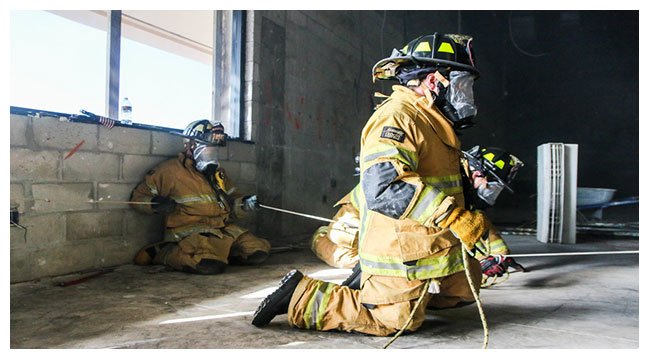
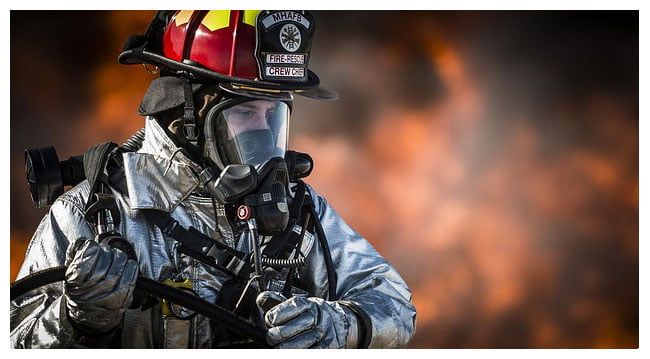
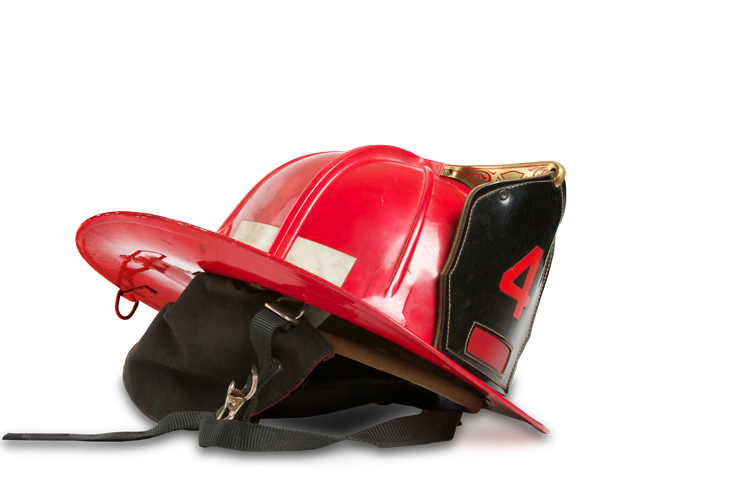
about us

train every day
Fire Drills, in partnership with Learn to Win, is an active micro-learning platform that streamlines training for high-performance departments looking to continuously further the development of their trainees and members.
With this NEW micro-learning concept, we’ve taken our Firefighter I and II manuals, produced by Fire Engineering Books & Videos, and transformed them into bite-sized, easy-to-learn, classroom-oriented materials for quick and easy training opportunities to meet your personal and departmental career goals.
With our user-friendly mobile app and website, the training never has to end!
Fire Drills is comprised of three parts:
- Agile Lessons: Interactive, three-to-five-minute video and photo-driven lessons available on mobile for flexible, user-friendly training.
- Instructor Input: Simple, pre-made web templates are available for training officers to design interactive lessons as easily as they create a PowerPoint.
- Fast Feedback: Quickly provides crucial data and insight into trainee’s performance and preparedness for training officers to pivot or double-down to help trainees excel.
rates
how does fire drills help with training?
Fire Drills, in partnership with Learn to Win, brings revolutionized training to high-performance departments by making learning easy, accessible and convenient while on-the-go.
Select Your Training Topics
Choose training topics that coincide with your departments upcoming drills – stay head of the game.
ACCESS ON MOBILE
You can access the material on your phone, so the learning never stops! Anytime. Anywhere.
Know How You Are Doing
Get feedback on your performance through the integrated quizzes after each section.
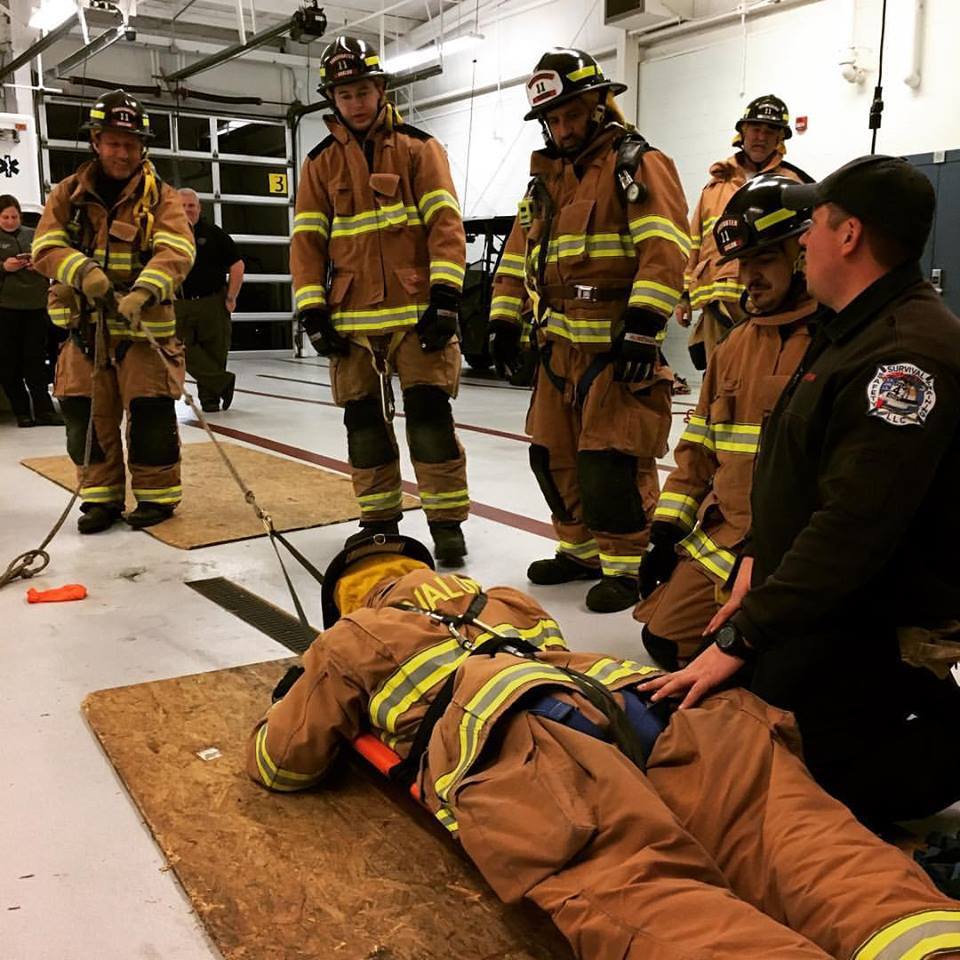
training topics

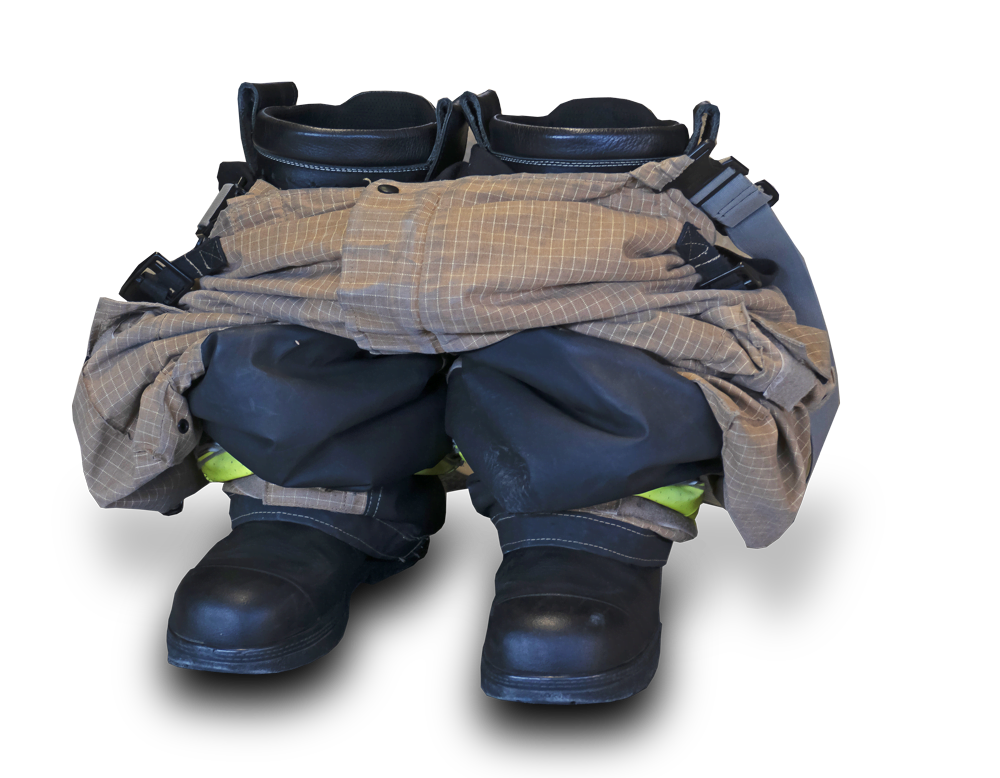
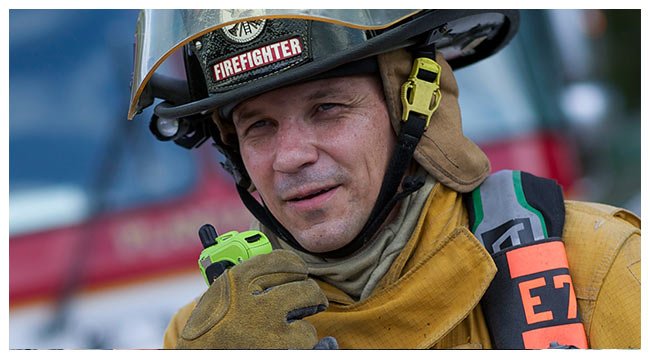
- Emergency scene communications
- Incident Reporting

- Describe the techniques for attacking a fire on grade, above grade, and below grade
- Advancing and retreating as part of a coordinated team
- Foam system assembly and use
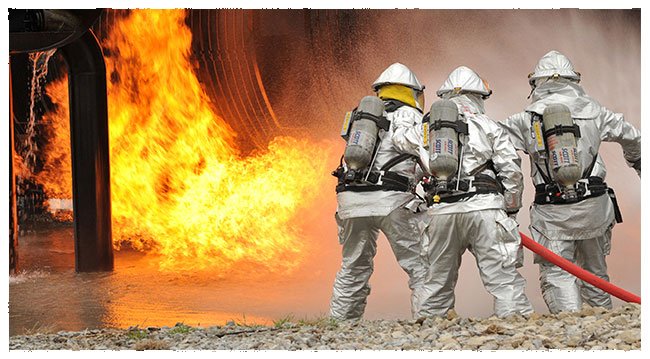
- Describe inherent Hazards related to a material’s configuration
- Constructing a fire line
- Attacking a fire above, below, and on grade
- Protecting exposures
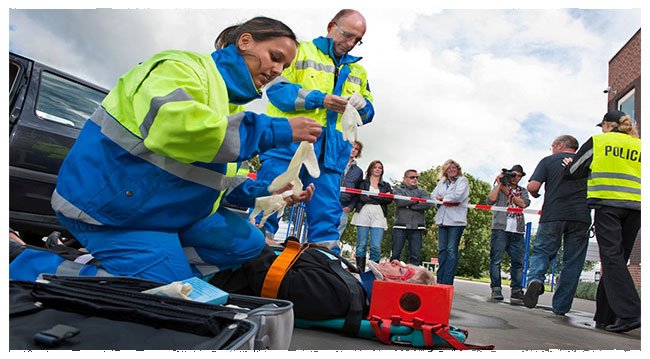
- Infection control
- Airway, breathing, and circulation
- Cervical collar and backboard placement
- Bleeding control
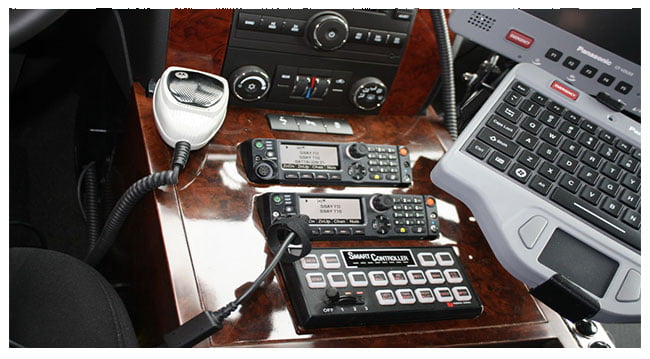
- Identify the procedures to follow when receiving an alarm or reporting an emergency
- Identify how to receive an alarm via telephone or in-person
- Identify and describe personnel accountability systems (PAS)
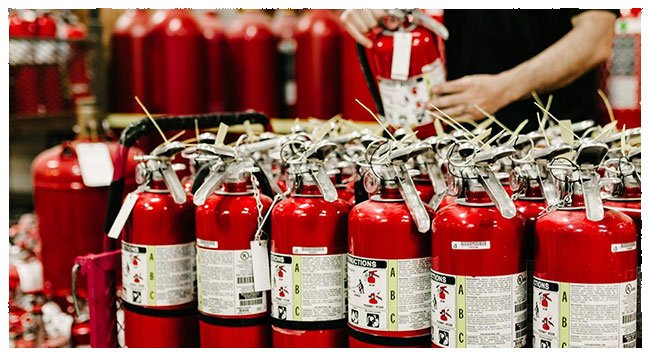
- Describe fire extinguisher operation
- Have a general knowledge of inspection and maintenance of fire extinguishers
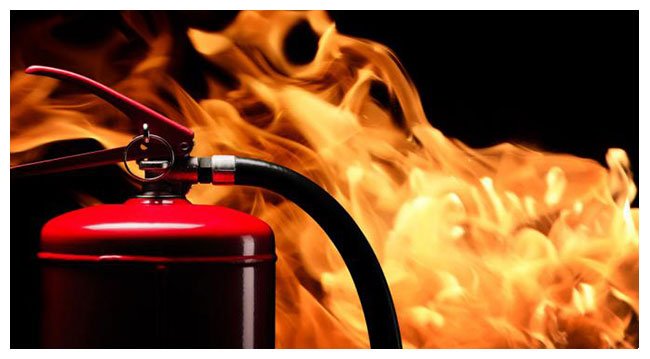
- Understand how to give a station tour
- Have a general knowledge of a home/fire safety survey
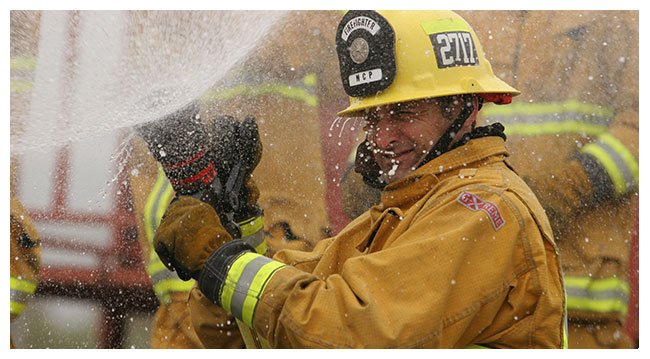
- Describe the proper procedures for advancing a charged hose line
- Describe the proper procedures for advancing an uncharged hose line
- Understand the types of stream patterns
- Understand the use of a standpipe
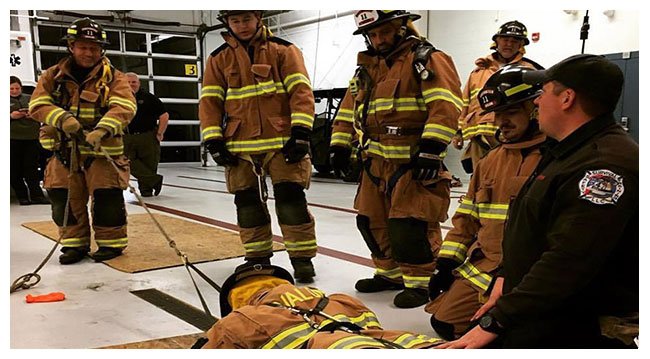
- Understand five types of drags and carries for removing a firefighter from a hazardous situation
- Describe the process of calling a MAYDAY.
- Understand how to utilize various safety implements on scene, such as lighting and generators.
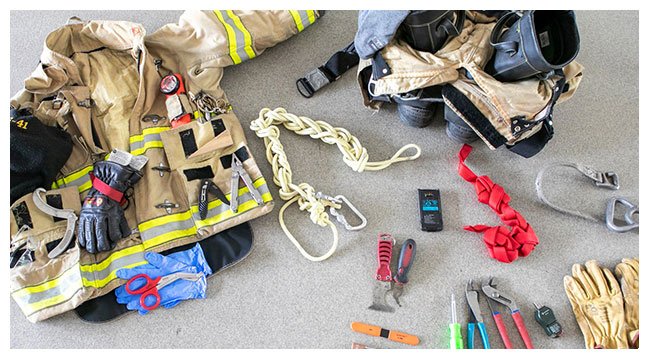
- List and describe general-purpose firefighting tools and equipment
- List and describe the safety considerations for each tool
- Identify tools used during forcible entry
- Identify tools used during overhaul
- Describe how to clean and inspect each tool prior to and after use
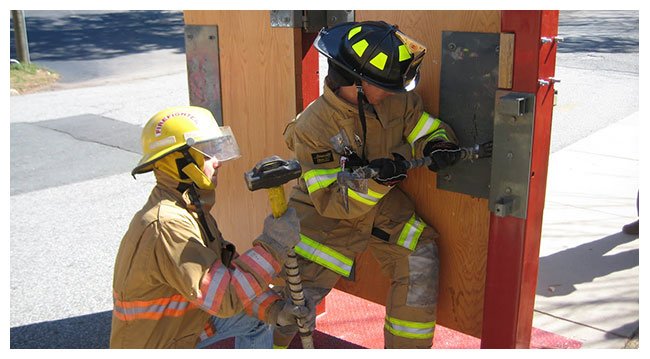
- Identify and demonstrate in a safe manner the use of tools needed for forcible entry
- Identify the proper tool for each situation requiring forcible entry
- Identify different types of locks
- Identify different types of doors
- Describe forcible entry on different types of doors
- Describe the “through the lock” method of forcible entry
- Identify different types of windows
- Describe forcible entry on different types of windows
- Describe methods for breaching floors and walls
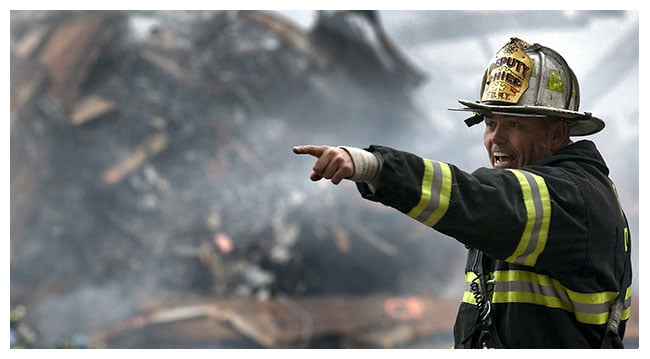
- Command System (ICS)
- Describe how command is assumed and transferred
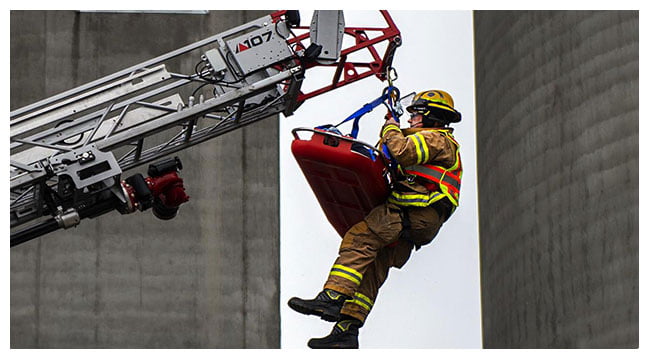
- Describe the basic techniques for the inspection & cleaning of ladders
- Describe the methods used to determine the correct angle for ladder placement
- Describe and demonstrate the methods of securing a ladder
- Describe the method for advancing dry and charged lines up a ladder
- Describe and demonstrate the methods of securing oneself to a ladder
- Describe and demonstrate the proper methods of safely working from a ladder
- Describe the proper method for assisting or rescuing victims down a ladder
- Describe the six ladder carries
- Describe the types of ladder raises
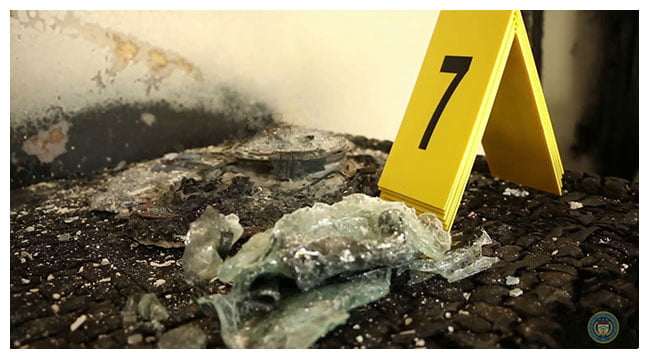
- Describe the role of the firefighter in protecting evidence.
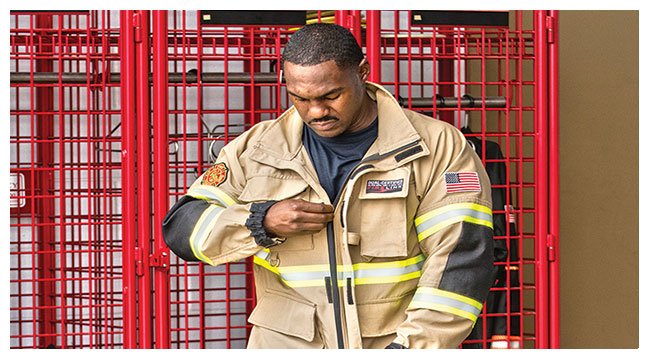
- Describe the proper method of donning PPE
- Describe the proper method of doffing PPE
- Describe the proper method of doffing superheated PPE
- Identify the procedures for inspecting and cleaning PPE

- Identify the critical items to consider when conducting an exterior building reconnaissance survey
- Identify the critical items to consider when conducting an interior building reconnaissance survey
- Describe the proper method for conducting a hydrant flow test
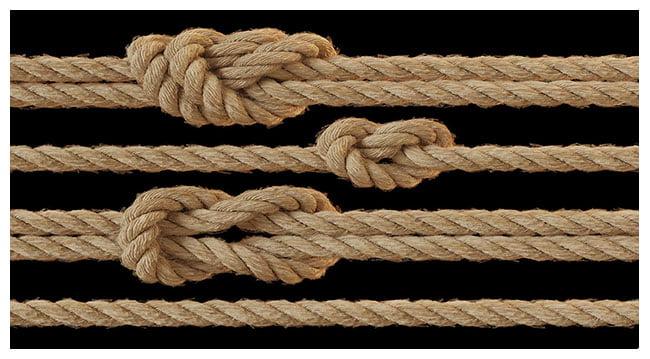
- Identify the basic knots used in the fire service
- Describe and demonstrate the methods used to tie fire service knots and their primary uses
- Describe the inspection process of ropes, how to maintain them, and the standard methods of storing them
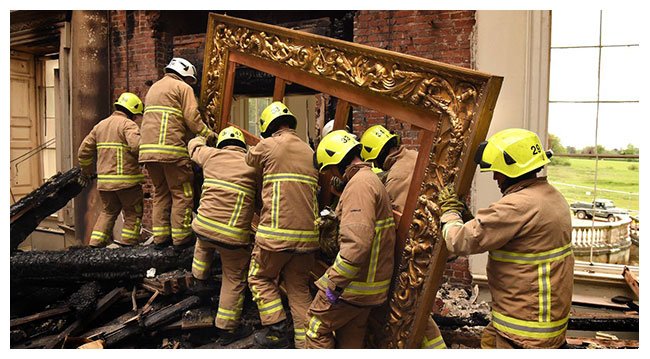
- Describe methods of grouping furniture in order to protect them from damage
- Describe two methods of deploying salvage covers
- Describe two methods of storing salvage covers
- Identify two methods of removing standing water from a structure
- Identify two methods of stopping water flow from an activated automatic sprinkler system
- Describe different methods of securing a building after firefighting operations
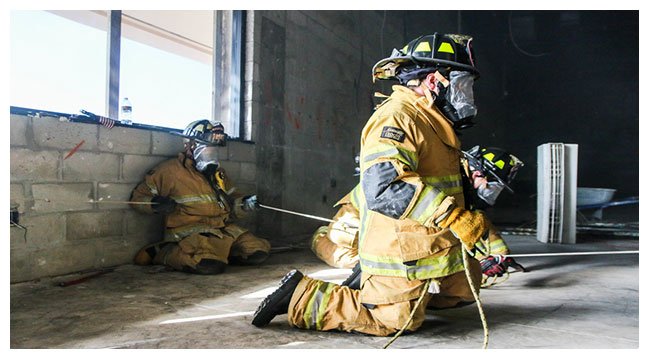
- Describe three primary search techniques
- Describe the three emergency procedures for firefighter safety and survival
- Describe six methods of victim removal
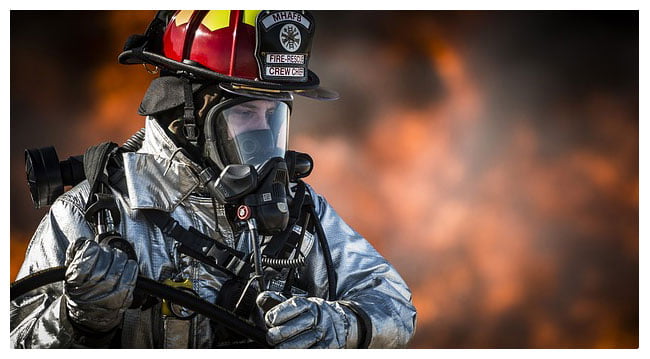
- Describe and demonstrate the approved methods of donning and doffing SCBA
- Describe and demonstrate installing an SCBA regulator
- Describe and demonstrate changing SCBA cylinders and filling them
- Describe and demonstrate the proper inspection and maintenance procedures for SCBA
- Describe and demonstrate cleaning an SCBA
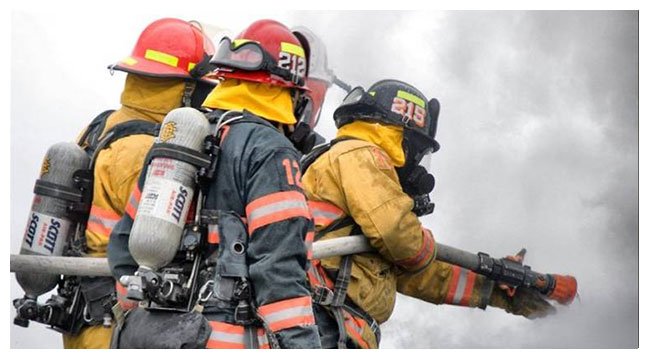
- Describe establishing public barriers
- Describe assisting rescue team as a member of the team when assigned.
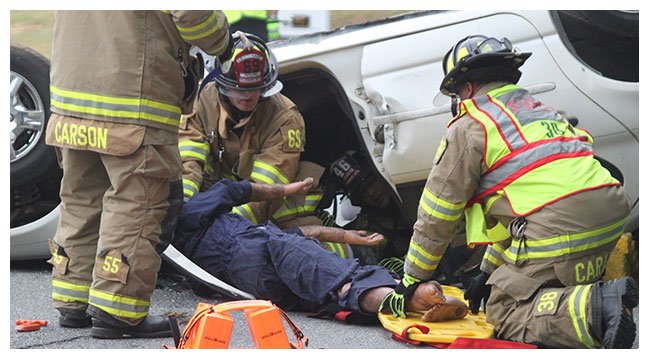
- Identify the proper procedures to be used by firefighters for packaging and disentangling a victim at a vehicle incident
- Identify the proper procedures to be used by firefighters for performing preventive maintenance on vehicle tools
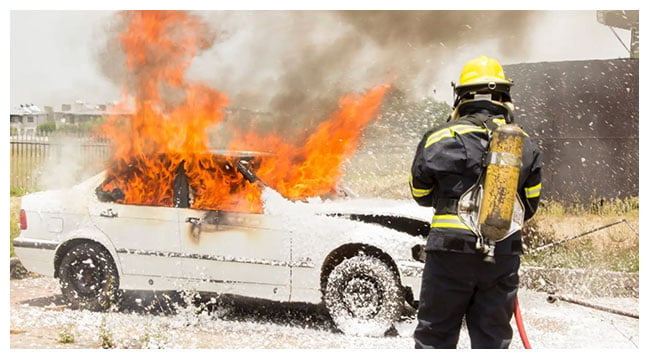
- Describe the methods used to extinguish a vehicle fire.
- Describe various ways to open a hood.
- Identify how to open a trunk.
- Identify Automobile fuel type.
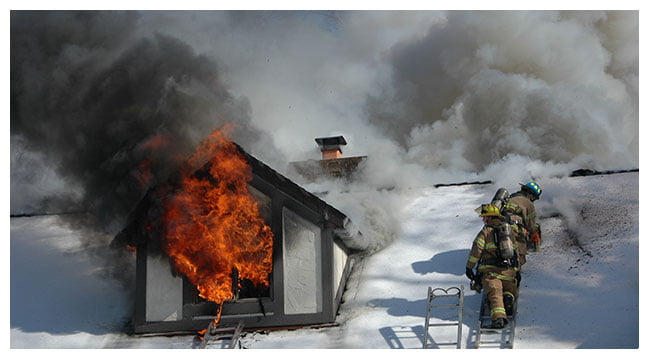
- Describe the proper methods for venting a window
- Describe the proper procedures for venting flat and pitched roofs
- Identify safety procedures to use when performing a roof ventilation
- Identify the type of roof cuts used in ventilation
- Describe the procedures for performing a “trench/strip cut of a roof”
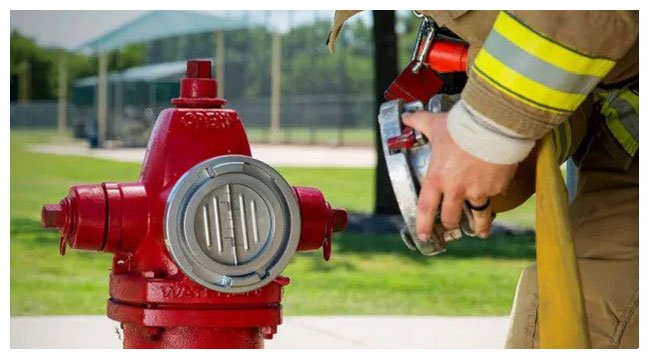
- Describe the proper procedures for opening and closing a fire hydrant
- Identify and describe the proper procedures for inspecting, maintaining, and testing of fire hydrants
- Describe the proper procedures for testing, maintaining, and cleaning fire hose
- Identify and describe the different methods of storing hose used by the fire service
- Identify and describe the different types of hose rolls used by the fire service
- Describe the different types of hose loads for supply and attack hose
- Describe the different types of hose lays
- Describe the proper procedures for deploying hose at a fire emergency incident